Blackjack Expertise: Playing 20 Against a Dealer’s 7
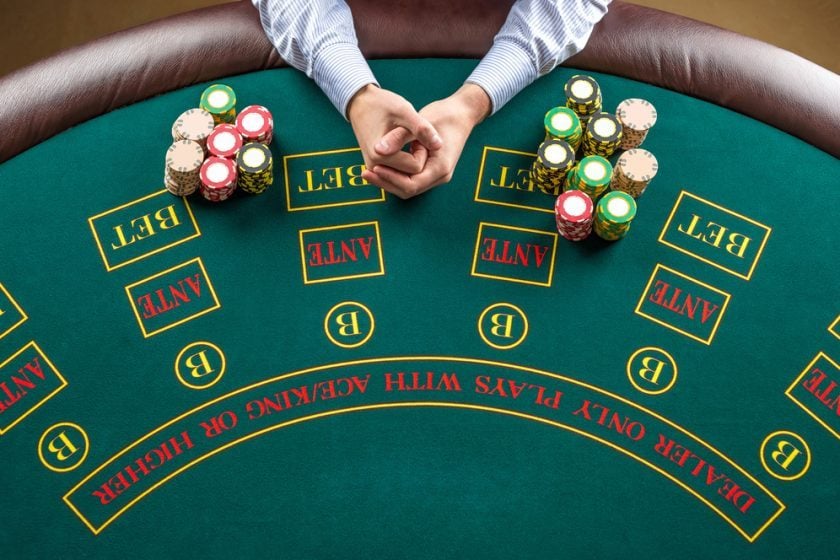
Hand Analysis: Your 20 vs. Dealer’s 7 Explained
When facing a dealer showing a 7 while you’re holding a total of 20 in blackjack, you are in one of the most favorable situations possible - just shy of a perfect hand. Here’s why this spot is so advantageous and how to avoid common mistakes:
- **Leverage Your Lead:** A player total of 20 is nearly unbeatable, second only to a natural blackjack. The dealer showing a 7 means the likelihood of them getting 21 is significantly reduced.
- **Optimal Move - Stand:** Risking your 20 by drawing another card is almost never correct. Your best play is to stand and let the dealer try to catch up.
- **Dealer’s Odds:** A 7 upcard gives the dealer about a 26% bust chance. You are favored to win or push unless the dealer reaches 21.
- **Reject Insurance:** Don’t be tempted by insurance if it’s offered - the odds are against you, as the dealer is statistically unlikely to land a blackjack off a 7 upcard.
- **Avoid Splitting or Doubling Down:** Splitting two tens or doubling on A9 against a dealer’s 7 is a costly error in most formats and can reduce your expected winnings by up to 20%.
Many players believe splitting tens or doubling on soft 20 against a dealer’s 7 is an advanced move. However, in most games - especially those with more than two decks - this is not only unnecessary, but detrimental. Single-deck blackjack provides the rare scenarios where deviation could be right, but these moments are extremely uncommon.
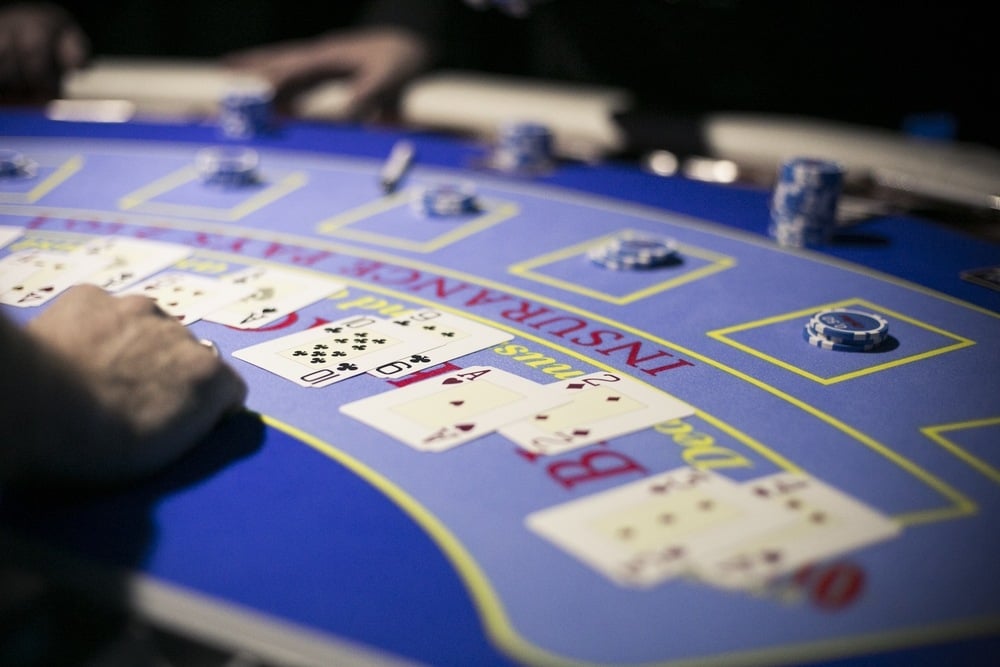
Image Credit: LeStudio/Shutterstock
Understanding When to Split or Double: The Role of Low Cards
Opportunities to split tens or double with A9 in this scenario arise almost exclusively in single-deck blackjack. Here’s why the presence or absence of certain cards matters:
- **Key Card Impact:** Cards like twos, threes, and fours benefit the dealer by improving their draw situation and simultaneously make splitting or doubling down less attractive for you.
- **Rare Conditions for Deviation:** Only in cases where most small cards have already been dealt (and rules permit) could splitting tens or doubling A9 offer better value - but even then, the margin is extremely slim.
For example, even if every three and four has already been played, mathematical models still slightly favor standing with 20 vs. a dealer’s 7. The table below illustrates just how marginal the difference is:
| Single-Deck Blackjack: All Threes & Fours Dealt | ||
|---|---|---|
| Your Hand | Stand | Split/Double |
| TT vs 7 | 0.8396 | 0.8253 |
| A9 vs 7 | 0.8544 | 0.7888 |
Even with these cards gone, the advantage of standing remains clear - and further removal of small cards would be necessary to make splitting or doubling correct, which is extraordinarily rare in practice.

Image Credit: Clari Massimiliano/Shutterstock
Essential Blackjack Decision Rules: The “Magnificent Seven”
Mastering blackjack strategy means recognizing the best play from every starting hand. Here are seven foundational rules every serious player should know:
- For hard totals of 2-8 (not an ace, not a pair), always hit. There’s almost never a case to stand or double.
- With totals of 9-11 (not including an ace), double your bet unless facing a dealer’s 10 or ace. If the dealer has checked and doesn’t have blackjack, doubling on 11 is ideal.
- For totals between 12 and 16, hit if the dealer shows 7 or higher; stand if they show 6 or lower. The only exceptions are with 12 against a dealer’s 2 or 3, where hitting may be marginally correct.
- With 17 or more, always stand, regardless of the dealer’s upcard.
- Never split tens, fours, or fives. Always split eights; consult a strategy chart for all other pairs.
- If you have an ace (not blackjack), you hold a soft hand. Double on A5 or A6 against low dealer cards if permitted. For other card combinations or where doubling is restricted, consult an updated blackjack chart.
- Some borderline plays (like 16 vs 10, or 12/13 against 2 or 3) depend on the remaining deck’s composition and are best resolved using computerized calculations or sticking to a strategy chart.
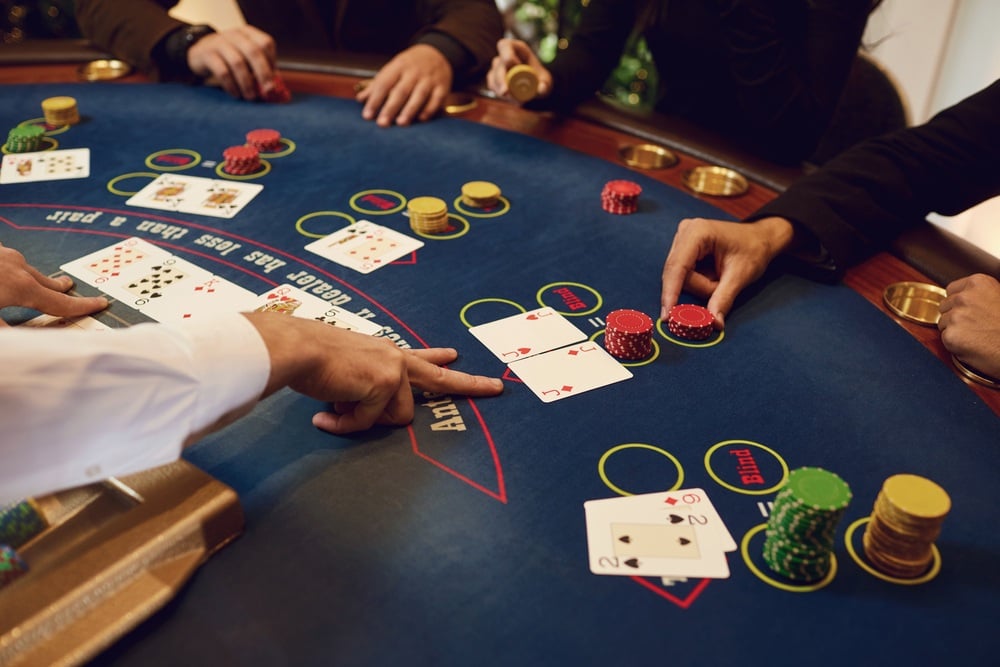
Image Credit: Studio Romantic/Shutterstock
Special Situations: Exceptions to Standard Blackjack Play
A few rule variations and casino policies can impact optimal play:
- If the dealer doesn’t check for blackjack with their 10 or ace upcard, don’t double with 11 - simply hit.
- Some casinos allow doubling after splitting pairs, which may shift proper play.
- Game format matters: single-deck blackjack allows for more nuanced card-counting decisions, while multi-deck games heavily favor standard strategy.
Understanding Blackjack Game Formats and Side Bets
**Deck Numbers and Their Effect:** Single-deck games offer the most favorable odds and the greatest room for advanced strategy, but most casinos use six or eight decks to reduce player advantage.
**Side Bets:** Most blackjack side bets carry a high house edge (returning about 94%), which means they’re generally unfavorable for the player. One exception, Crazy Sevens, may occasionally be beneficial if you’re tracking sevens in a shoe game - but this takes skill and discipline.
House Edge and Game Rules
By following basic strategy, a player can reduce the house edge to around 0.5%, though this will vary depending on rule differences between casinos. Avoid games with 6-to-5 blackjack payouts, and always look for tables with rules that maximize your return.
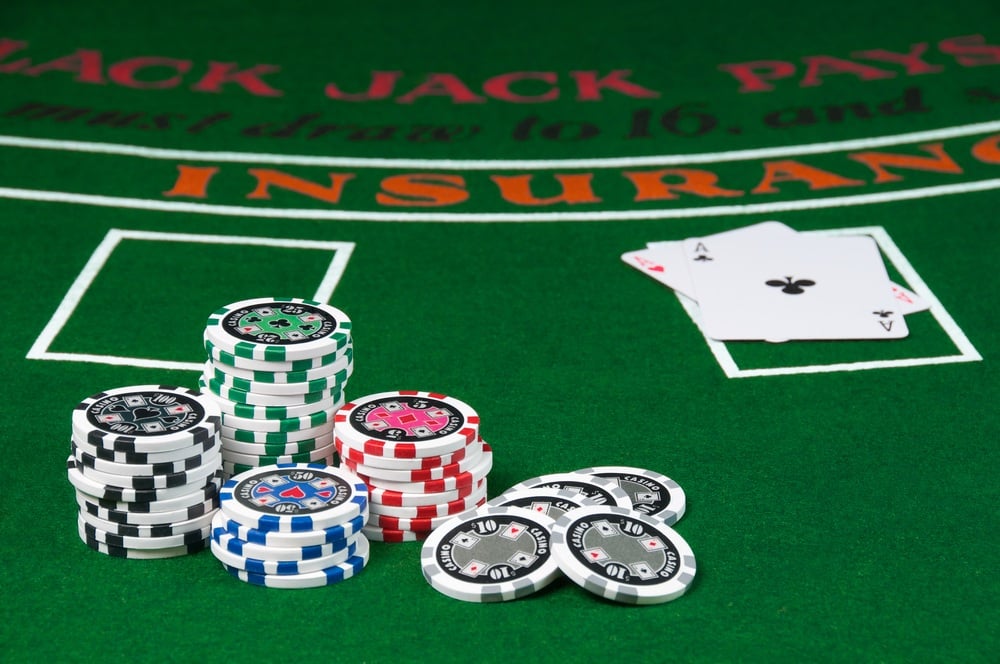
Image Credit: Andzhey/Shutterstock
Common Blackjack Mistakes and How to Avoid Them
Even experienced players can fall into bad habits that increase the house’s advantage. Watch out for these frequent pitfalls:
“Never Busting” Fallacy
Some players refuse to hit hands like 12-16 versus a 7 or higher, hoping the dealer will bust instead. Statistically, standing on these hands is a losing proposition. The dealer’s bust chance with different upcards is outlined below:
- 2 - 35.30%
- 3 - 37.56%
- 4 - 40.28%
- 5 - 42.89%
- 6 - 42.08%
- 7 - 25.99%
- 8 - 23.86%
- 9 - 23.34%
- 10 (T, J, Q, K) - 21.43%
- A - 11.65%
Standing on stiff hands (12-16) instead of hitting hands the chart recommends increases the house edge to around 5.5%.
Assuming a “Ten in the Hole”
Overestimating the odds of the dealer having a ten in the hole causes players to erroneously hit good hands like 17 or 18 against high dealer upcards. This approach substantially increases the house advantage.
The Truth About Insurance
Taking insurance is usually a mistake unless you’re an expert card counter who knows the deck is ten-rich. Without such skills, this side bet is heavily tilted toward the house.
Improper Use of Surrender
Only consider surrendering with 15 against a dealer ten or with 16 against a dealer’s nine, ten, or ace. Surrendering with other hands is rarely correct.
Avoiding Mistakes with Splitting
Splitting tens may feel exciting, but it’s almost always a poor long-term decision - even when the dealer shows a 7. When you stand on 20, you’re likely to win nearly 88% of the time; splitting drops that win chance significantly for both hands.
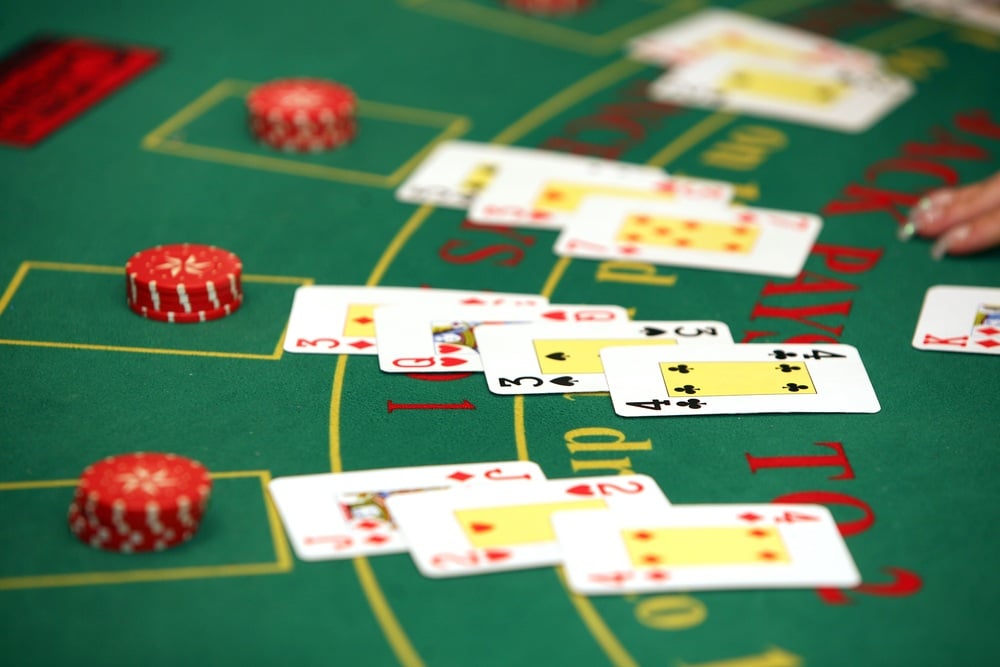
Image Credit: Haak78/Shutterstock
Poor Doubling Decisions
Doubling down with weak hands against dealer’s 5 or 6 is generally incorrect - remember, the dealer still has a good opportunity to reach a strong total.
The Essentials of Card Counting
Professional advantage players use systems like the Hi-Lo count to track high and low cards. By adjusting bets only when the remaining deck is favorable, skilled counters can gain a small edge over the house. Note, however, that casinos often monitor for unusual bet sizing or suspicious play and will bar those suspected of advantage play.
Title Image Credit: Nazarovsergey/Shutterstock
Conclusion: Maximizing Your Blackjack Success
The scenario where you have 20 and the dealer shows 7 is a rare case of having a commanding edge in blackjack. Knowing to stand - and resisting the temptation to split or double down - is crucial for protecting your winnings. Combine this understanding with solid basic strategy, avoid common misconceptions, and steer clear of house-friendly side bets to ensure you always play optimally. With these insights, your long-term results at the blackjack table should noticeably improve.













